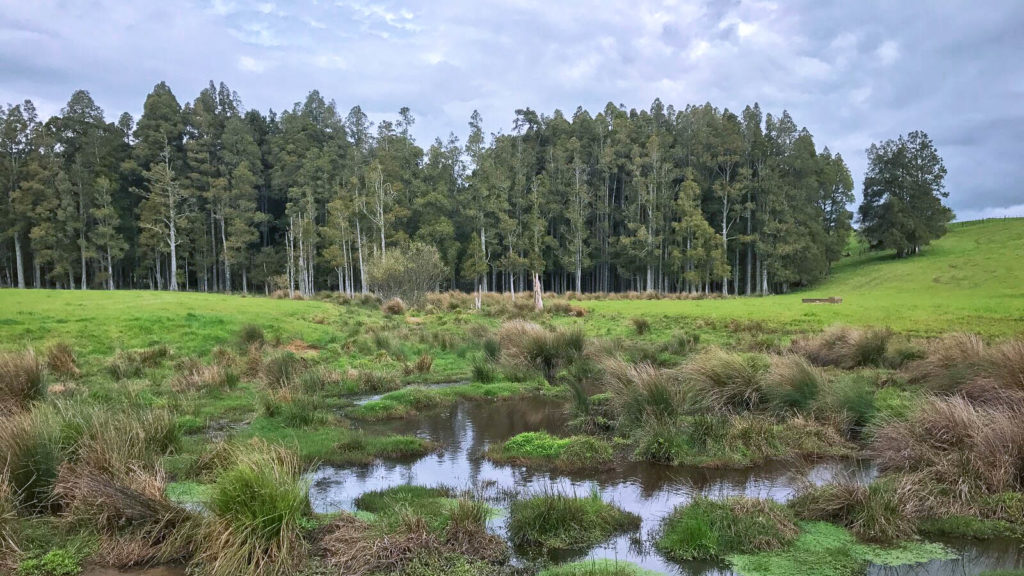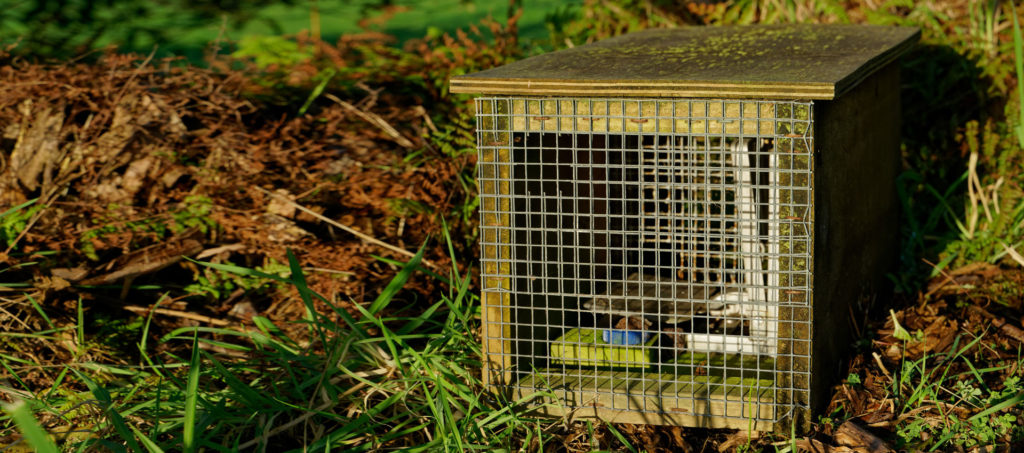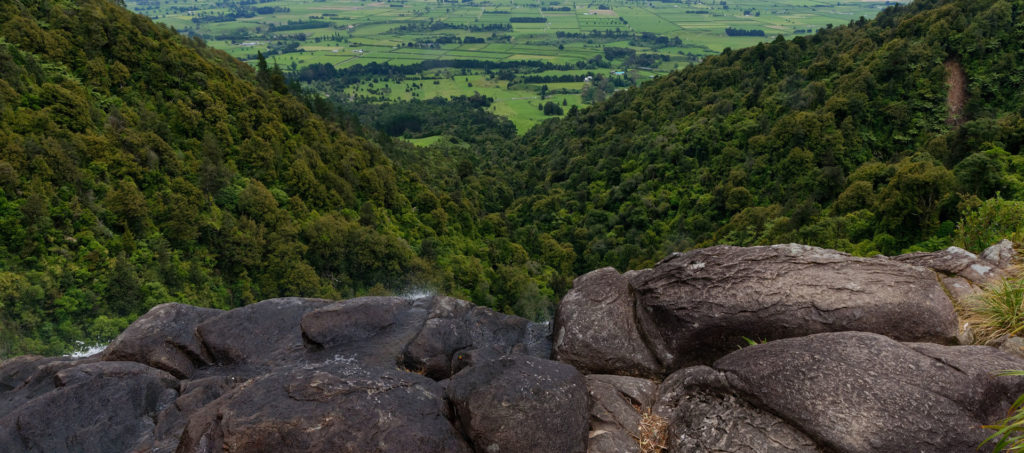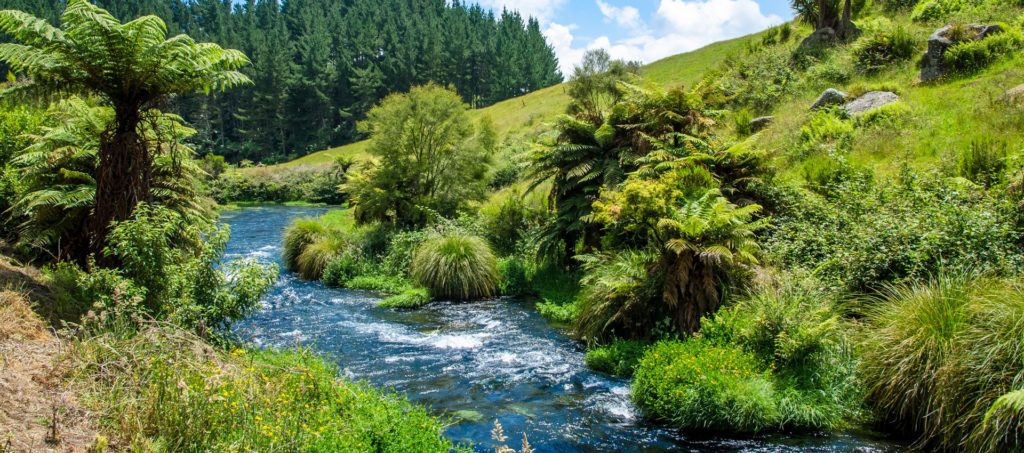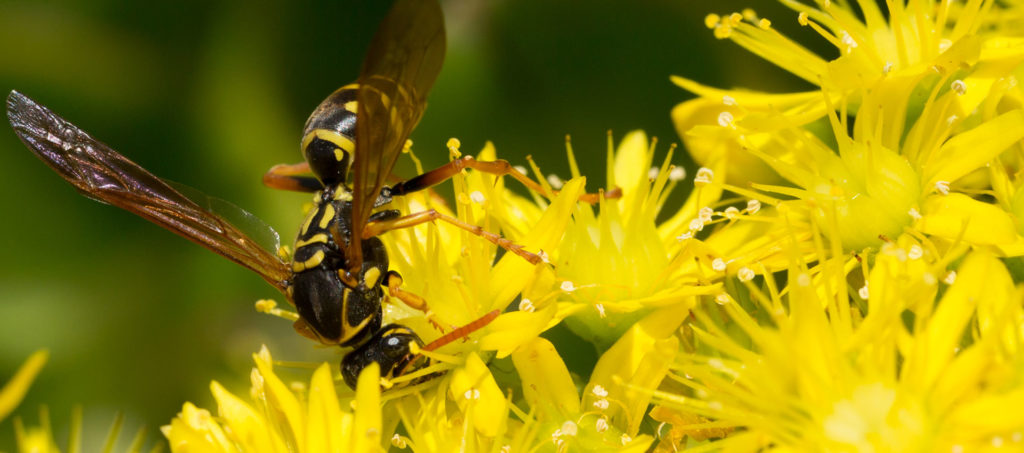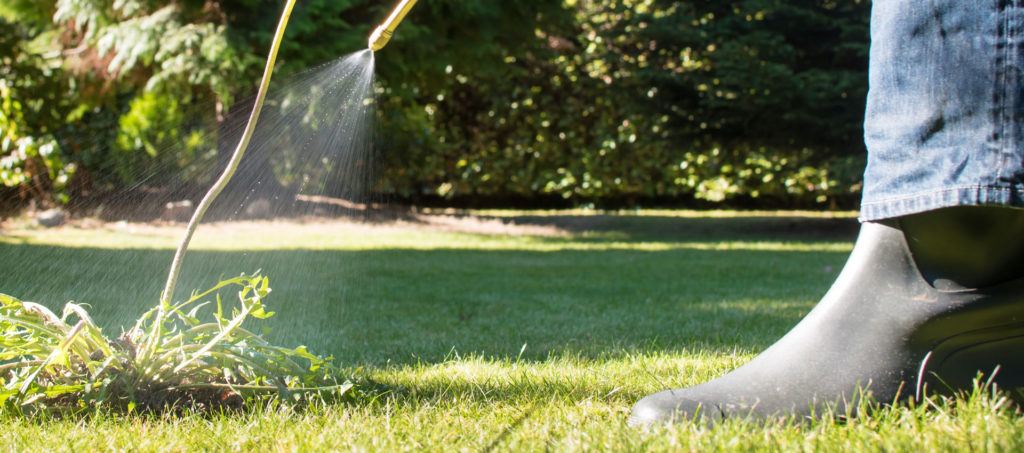Kahikatea Green Wheel
The Kahikatea Green Wheel can help you if you are: currently restoring or planning to restore a kahikatea forest patch on your land. managing a reserve or covenant with kahikatea forest. needing to show funders you are making a difference. wanting to check on the health of your kahikatea forest patch, or track how your …

